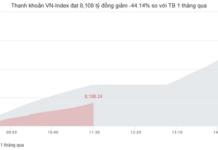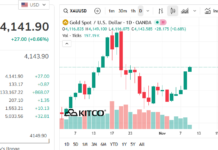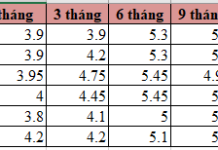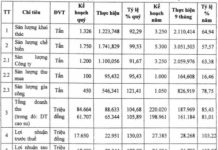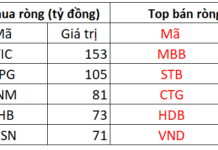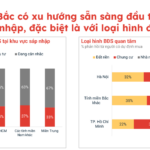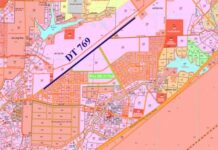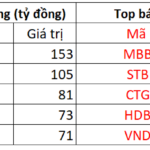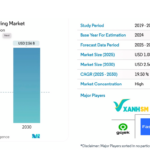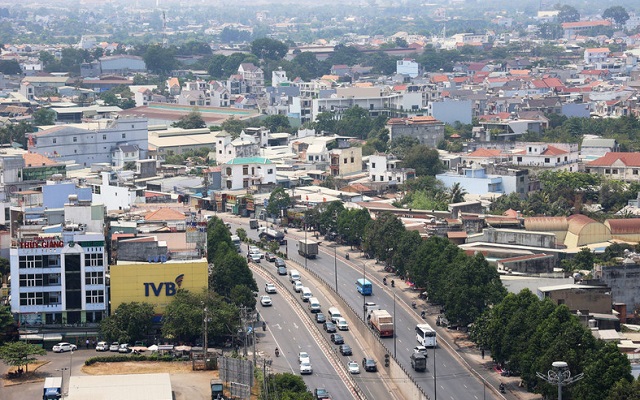
Local authorities are responsible for constructing land price tables, which will be announced and implemented from January 1, 2026. (Image source: VNA)
|
Regarding land price table regulations, a representative from the Land Management Department (Ministry of Agriculture and Environment) stated that in cases where localities are in the process of constructing land price tables for announcement and implementation from January 1, 2026, and are now adopting the two-tier local government model, the new People’s Committee at the provincial level will continue the task of constructing land price tables.
Providing specific information, Ms. Nguyen Thi Minh Phuong, Deputy Head of the Economics and Land Fund Development Division (Land Management Department), said that according to the provisions of Clause 1, Article 257 of the 2024 Land Law, the land price tables issued by the provincial People’s Committees in accordance with the 2013 Land Law will continue to be applied until December 31, 2025.
If necessary, the provincial People’s Committee can decide to adjust the land price tables in accordance with the 2024 Land Law to match the actual land price situation in that locality.
According to Ms. Phuong, the land price tables constructed under the 2013 and 2024 Land Laws are established based on zones and locations.
The reorganization of administrative units and the development of a two-tier local government model only change the name and administrative boundaries without altering the location of the land lot. Therefore, if land prices in a specific location or zone remain unchanged during this transition, there will be no impact on the land prices listed in the land price tables.
Additionally, according to the 2025 Law on the Issuance of Legal Documents, in cases where “multiple administrative units are merged into a new administrative unit of the same level,” the legal documents issued by the People’s Council, People’s Committee, and Chairman of the People’s Committee of the merged administrative units will remain in effect within the new administrative unit until the People’s Council, People’s Committee, and Chairman of the People’s Committee of the new administrative unit issue legal documents to decide on the application or abolition of those legal documents or issue new ones.
Consequently, the land price tables of the merged provincial People’s Committees remain valid within their respective administrative units. If necessary, adjustments can be made to road and zone names, or the land price tables can be modified to align with the actual land price situation in that locality by the provincial People’s Committee within their authority and in accordance with the law.
For localities that are in the process of constructing land price tables for announcement and implementation from January 1, 2026, and are now adopting the two-tier local government model, the provincial People’s Committee of the new administrative unit will continue the task of constructing land price tables for timely announcement and implementation from January 1, 2026, in accordance with legal regulations.
Furthermore, regarding land-related administrative procedures, the Land Management Department representative emphasized the importance of localities focusing on building and perfecting the land database for operation, exploitation, and utilization. This includes handling land-related administrative procedures in an electronic environment to reduce processing time.
Hung Vo
– 10:03 08/07/2025
Uneasy Living: Red-Taped Residents of Hanoi’s Dilapidated Homes
“For years, our land has been stagnant with no buyers, and no development. The land is legally obtained, but due to its location within the Da River floodplain, there are restrictions on construction and renovations, which has left the land untouched,” said Le Dinh Vuong.
“Striking a Balance: Revising Land Valuation Tables for Sustainable Revenue and Community Wellbeing”
It is imperative that the land price lists published by local authorities are realistic and avoid being overly optimistic or pessimistic. Overvaluation can deter businesses, while undervaluation can lead to a significant loss in revenue for the government. A balanced and accurate assessment is crucial to fostering a healthy business environment and ensuring a stable financial outlook for the region.

